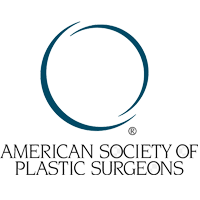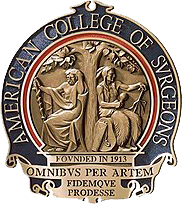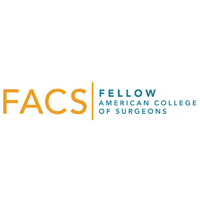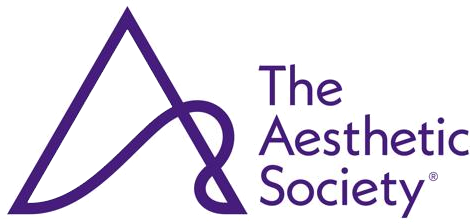1. Is pilonidal cyst hereditary? Can it be passed on?
There is no known genetic marker, however, it is likely to be common in families due to the other factors that can cause pilonidal cysts.
2. Are pilonidal cysts affected by diet?
No. There is no dietary correlation.
3. How do you treat patients with recurrent pilonidal cysts?
Treatment is still standard surgical resection and reconstruction. It is likely that the cyst was not completely excised to begin with or there was a part of the cyst sinus that was left behind and then regrew. Nonetheless definitive treatment with Dr. Som with complete excision and reconstruction can be discussed and a treatment plan derived that is tailored to the patient and their medical and surgical history.
4. What percentage of patients are cured with surgery?
In our experience there has never been a recurrence of the cyst. Dr. Som uses a special technique to mark the entire cyst sinus tract to ensure complete resection. Therefore, minimizing recurrence.
5. What are the alternatives to surgery?
Minor cysts can be treated with oral antibiotics and incision and drainage if infected. However, without resection there is always the chance of recurrent infection and with time and multiple infections they can become larger and harder to reconstruct after resection.
6. What are complications that can occur with surgery?
Wound healing problems are most common, followed by infection, fluid collections and recurrence. These can be minimized and avoided with proper surgical resection and reconstruction in addition to close postoperative care. Our expert team will work closely with you to optimize your outcomes and achieve a cure for this bothersome disease.
7. Why do pilonidal cysts get larger and smaller?
This is often due to infection. Like other epidermal associated cysts, they can become infected and when they do they will increase in size, become painful, red and often have foul smelling drainage. When treated with antibiotics and drainage, then they will shrink back down at which time resection is recommended. Surgical resection and reconstruction is usually avoided when acutely infected as it will require larger resection area and make outcomes less optimal. Dr. Som will work with you to optimize your outcomes and results based upon your presentation, often times starting out with oral antibiotic to treat any acute infections and then plan surgery when improved to optimize the best aesthetic outcome and hasten your recovery.
8. Is there a medication to treat pilonidal cysts?
Pilonidal cysts are often treated with oral antibiotics when infected. This will not make them go away. But it can help shrink them and make removal and reconstruction more optimal.
9. Will shaving help?
Yes. Shaving will help decrease hair in the area which is considered a nidus for the formation of pilonidal cysts. After removal and reconstruction we recommend laser hair removal to minimize chance of recurrence and other infectious complications.
10. How is pilonidal disease prevented?
Cleanliness and proper hygiene are very important. Shaving is helpful to remove hairs that can become ingrown. Avoiding prolonged sitting in one position, as well as, avoiding tight clothes to prevent rubbing in the area of the tailbone, can be helpful




